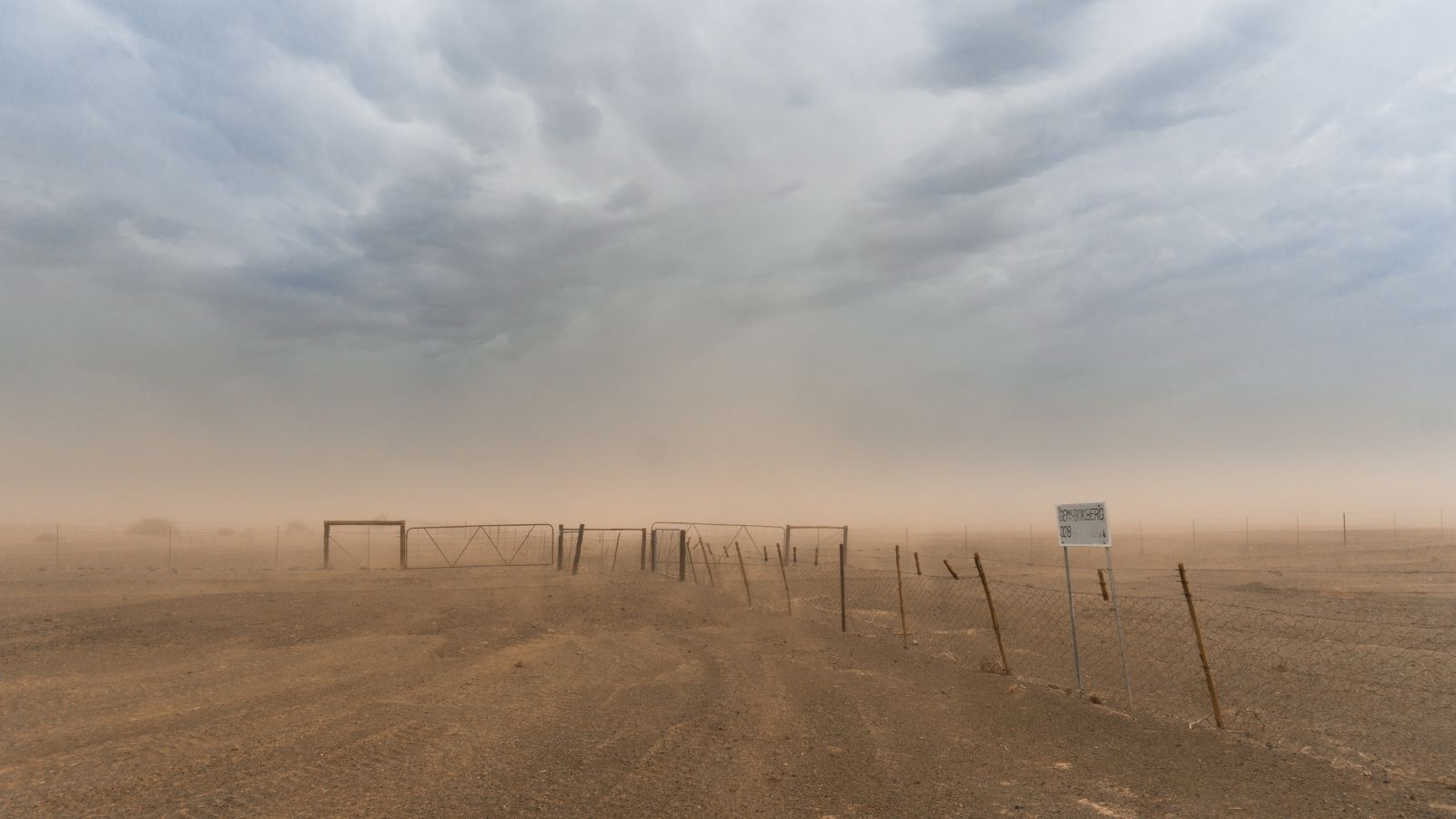Valley fever is a flu-like illness that’s growing increasingly common across hot, dry regions of California and the Southwest.
In 2019, about 20,000 cases of valley fever were reported to the Centers for Disease Control and Prevention.
That’s about seven times more cases than were reported just 20 years ago.
Daniel Tong is an associate professor at George Mason University. He explains that valley fever is caused by inhaling a soil-dwelling fungus called coccidioides.
“What we know is that soil is the place the fungus will grow,” he says.
Valley fever outbreaks have been reported at construction sites and archaeological digs, where people come in close contact with loose soil particles.
And Tong’s research finds a correlation between the rising number of valley fever cases and intensifying dust storms — in which dry, windy conditions cause large amounts of soil and sand to billow into the air.
He says as the climate warms, dust storms are becoming more common in the Western U.S.
“We are seeing more and more drought,” he says. “So we are seeing more dust storms.”
And that means the risk of contracting valley fever could continue to grow.
Reporting credit: Sarah Kennedy/ChavoBart Digital Media
Source link


